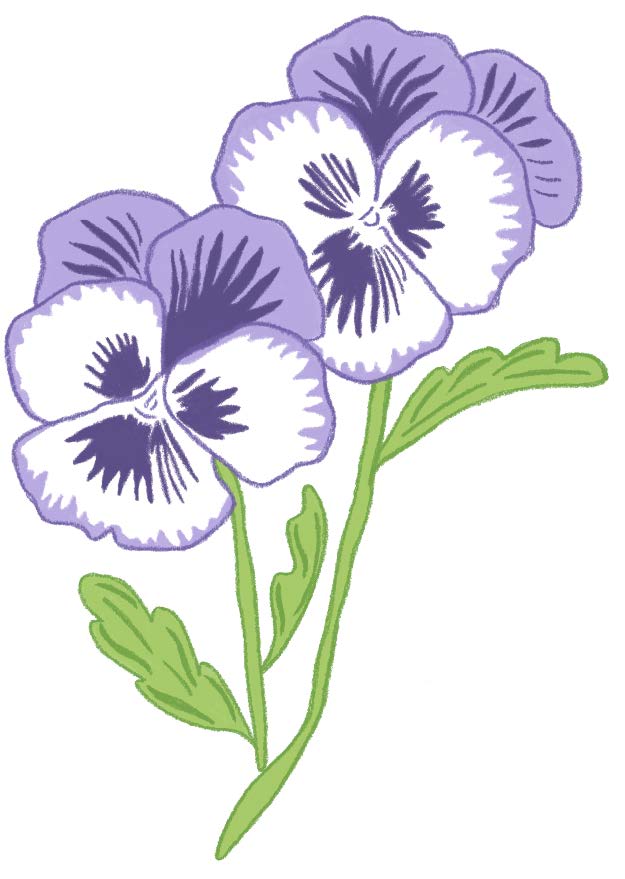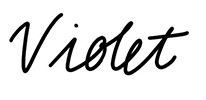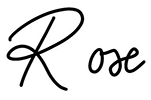EMU Partnership with Motor City Pride
Contact Us
346 Student Center
Ypsilanti, Michigan 48197
734.487.3118
As a leading LGBTQ+ university in Michigan, EMU has sponsored Motor City Pride since 2023. Everyone deserves a safe and inclusive environment to learn and grow. We aim to support, educate and create meaningful experiences for our LBGTQ+ community, both on campus and within southeastern Michigan.
Come as you are. Become more you.
Learn more about the meaning behind our Motor City Pride materials this year below, and feel free to contact our LGBT Resource Center for more information at [email protected].
Pride Flag Key
Curious which colors represent each identity? Reference our key to learn about the colors of pride.

Pride Flower Key
Did you know flowers have unique symbolism in LGBTQ+ history? Learn about the flowers below and their representation in the queer community.


Lavender has been associated with the LGBTQ+community since the 19th century, but it rose in popularity in 1969 after being worn by participants in a “gay power” march in NYC. Today, lavender continues to show up in gay culture. EMU's lavender graduation celebrates queer students who are graduating each semester. Even lavender lattes, with oat milk, can be a symbol of queerness.

Pansy is widely used as derogatory term to describe gay men as weak or feminine. Ironically, the pansy is quite a hardy flower! In the 1930s, the queer community reclaimed the pansy, starting the “Pansy Craze” - a queer, bohemian lifestyle where many would attend parties with drag artists or “pansy performers.” The Pansy Project also works to plant pansies at sites of homophobic abuse.



Sappho uses violets in her poetry and gives us the words “sapphic” and “lesbian.” At the beginning of the 20th century, violets reemerge in the queer community particularly with lesbians in Paris who had a renewed interest in Sappho’s work.

The rose is the ultimate symbol of love, including LGBTQ+ love. In the 1960s and ‘70s in Japan, the rose saw a resurgence in the queer media. The first Japanese gay magazine was called Barazokuku” or “Rose Tribe.” Tie-dyed roses are popular at pride events today.



Popularized by Oscar Wilde, green carnations became a symbol in the queer community. Wilde was well known for his romantic interest in men, and used the opening night of his 1982 play, “Lady Windermere’s Fan,” to stir the pot. He asked his actors and some of his admirers to wear the flower, without telling them why, creating a buzz and mystery around the flower.




